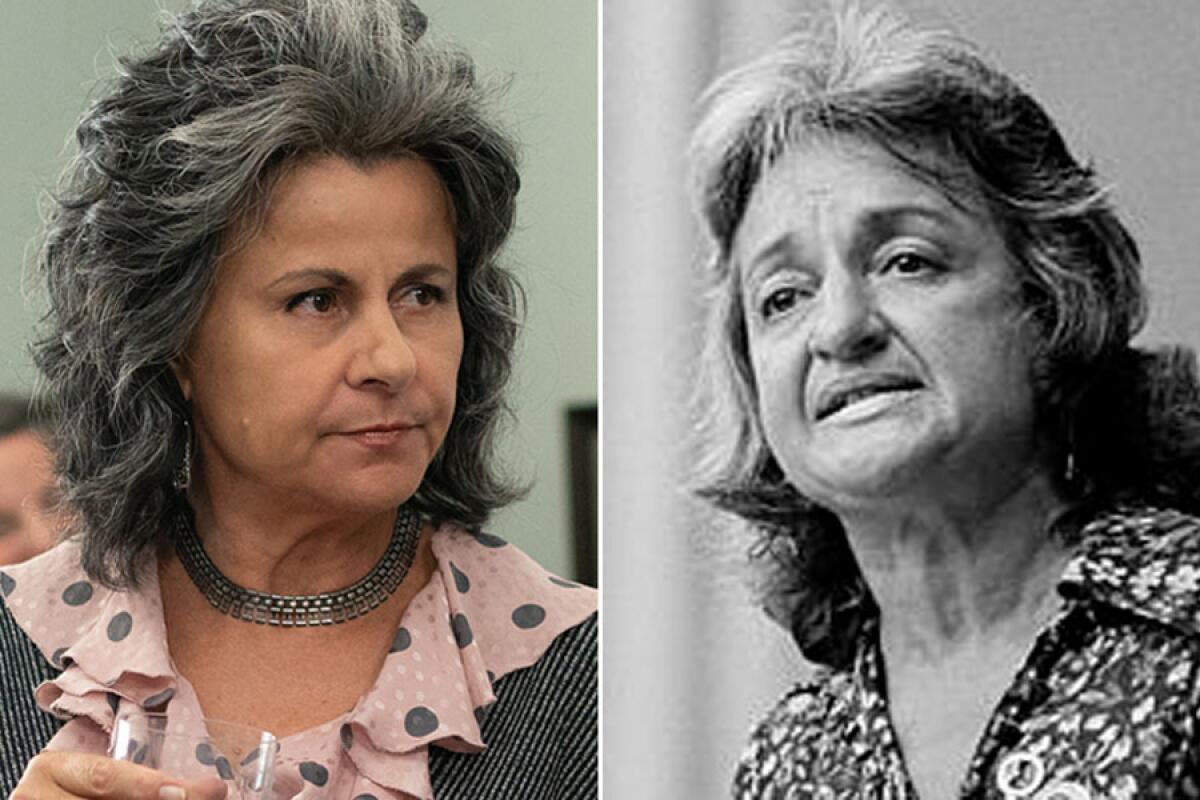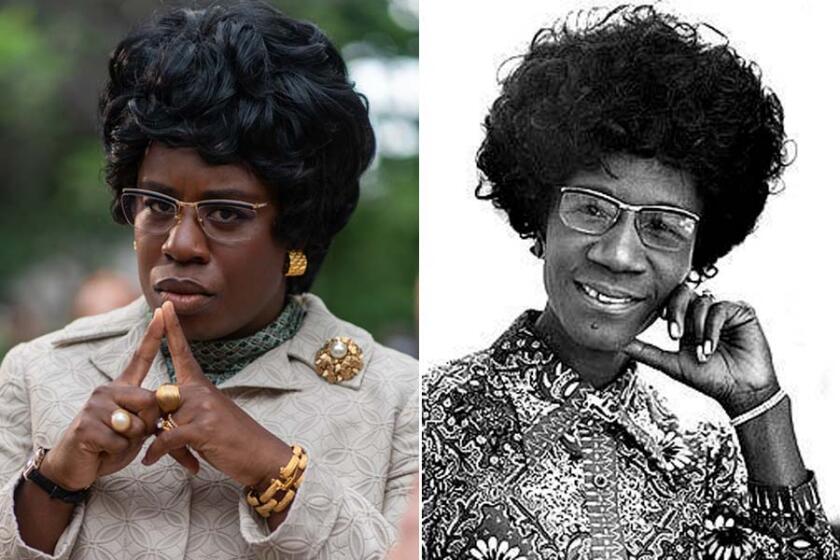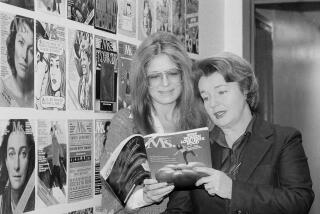How accurate is âMrs. Americaâsâ depiction of Betty Friedan? We checked

If youâve watched any of âMrs. America,â the star-studded miniseries about the battle over the Equal Rights Amendment, you may be wondering how accurately it captures this divisive chapter in American political history.
The nine-part drama pits conservative activist Phyllis Schlafly (Cate Blanchett) and her followers against a band of feminist all-stars led by Gloria Steinem (Rose Byrne), Bella Abzug (Margo Martindale) and Betty Friedan (Tracey Ullman), who are prone to spirited internal debates. Creator Dahvi Waller and her team of writers conducted extensive research into Second Wave feminism and the rise of the new right in the 1970s.
Like nearly all works of historical fiction, âMrs. Americaâ takes some liberties, particularly when it comes to private conversations behind closed doors, and offers a necessarily subjective take on highly polarizing figures such as Schlafly. But when it comes to events in the public record, âMrs. Americaâ hews close to the facts, often quoting feminist leaders and their critics verbatim.
âOverall, they have done a very good job,â said historian Marjorie Spruill, author of âDivided We Stand: The Battle Over Womenâs Rights and Family Values That Polarized America.â
In Episode 4, Betty Friedan, whose book âThe Feminine Mystiqueâ helped ignite Second Wave feminism, fights to retain her relevance in the movement she helped launch and unravels dramatically in a debate with Schlafly.
Hereâs a look at fact versus fiction in âBettyâ:
We sort through whatâs fact and whatâs fiction in âMrs. Americaâ episode 3, âShirley.â
Friedan had a rather complicated relationship with her ex-husband ...
Friedan and her husband, Carl, divorced in 1969. Less than two years later, he remarried a younger woman named Norene. In an interview with the Boston Globe, Carl praised his new wife, a blond model who made him chicken soup and shined his shoes â unlike Betty who, he claimed, never washed 100 dishes during 20 years of marriage. He also said his ex hated men, and that heâd married her â âthe most masculine womanâ he could find â because she reminded him of his overbearing mother. âMy God, never marry them,â he said of womenâs lib activists.
Despite such public comments â and as Carl divorced, remarried and divorced once more â the Friedans maintained a mostly friendly relationship for decades until Betty published a memoir in 2000 called âLife So Far,â in which she accused Carl of physical abuse. When he pushed back against the charges, she backpedaled, saying her husband was âno wife-beaterâ and they were both âhot-tempered.â A New York Times interview with Betty was updated with a lengthy editorâs note in which Carl called the accusations âblatantly untrue.â
... But enjoyed life as a single woman
Friedan never remarried, but eagerly dated and had a long-running affair with a married man. In âIt Changed My Life,â a collection of essays on the womenâs movement published in 1976, she talks about the fun of relating to men in ways that werenât possible to her before. âMaybe I was too anxious to get married to really relax and enjoy the relationships with men before.â She also frequently wrote about her romantic life in her column for McCallâs Magazine, which Waller said inspired the seriesâ portrayal of Friedan.

Friedan really did tell Schlafly sheâd like to burn her at the stake
As portrayed in âBetty,â many feminist leaders felt that engaging with Schlafly only helped feed her celebrity. It wasnât worth it â especially when she got the best of them with her unflappable demeanor.
Which is just what happened during a debate in 1973 before a largely pro-ERA audience at the Illinois State University. When Schlafly suggested the reason there were so few women in Congress was that they werenât willing to do the work to win elections and were more interested in having babies, Friedan fired back by calling her âa traitor to your sex, an Aunt Tomâ and saying, âIâd like to burn you at the stake.â Alas, there is no video of this heated encounter, but there is a newspaper account. (There is, however, video of a 1976 debate between the political foes on âGood Morning America,â which you can watch above.)Al Goldsteinâs attacks on Gloria Steinem and the women of Ms. Magazine
This episode also delves into Al Goldsteinâs attacks on Gloria Steinem and Ms. magazine. Goldstein founded the pornographic magazine Screw in 1968, which he called âthe Consumer Reports of sexâ and featured massage parlor reviews, and was arrested multiple times on obscenity charges. (He was also one of the main subjects of âThey Neighborâs Wife,â Gay Taleseâs chronicle of the sexual revolution.) A provocateur and bully, he waged a campaign of harassment against Ms., at one point advertising an oral sex service using the magazineâs phone number. He also attempted to sell a poster with an obscene caricature of a nude Steinem surrounded by an array of male genitalia with the headline âPin the [Penis] on the Feminist,â as seen in âBetty.â Most important of all: Friedan really did struggle to say the name âSchlaflyâ
A running gag in âBettyâ is Friedanâs inability to pronounce âSchlaflyâ correctly. Ullman, a renowned mimic, has once again done her homework: at about 17:30 in the video above, you can hear a flustered Friedan refer to âMrs. Schoffly.â
More to Read
The complete guide to home viewing
Get Screen Gab for everything about the TV shows and streaming movies everyoneâs talking about.
You may occasionally receive promotional content from the Los Angeles Times.







